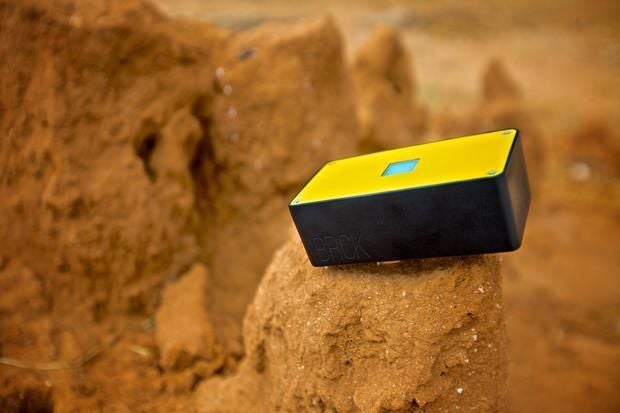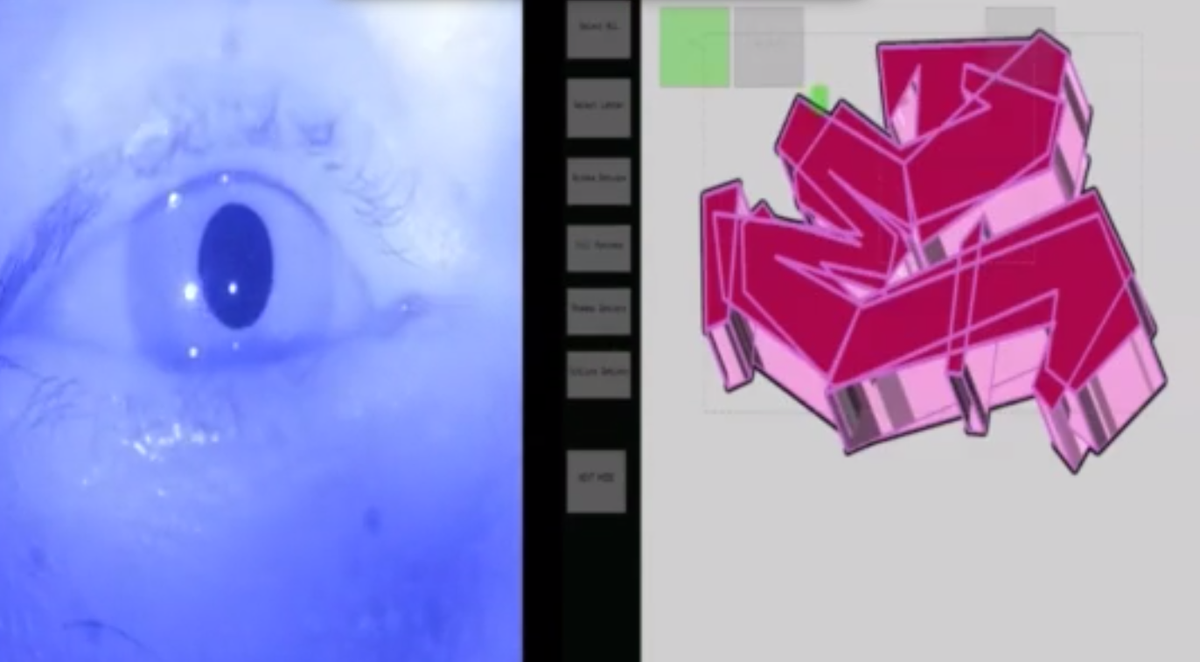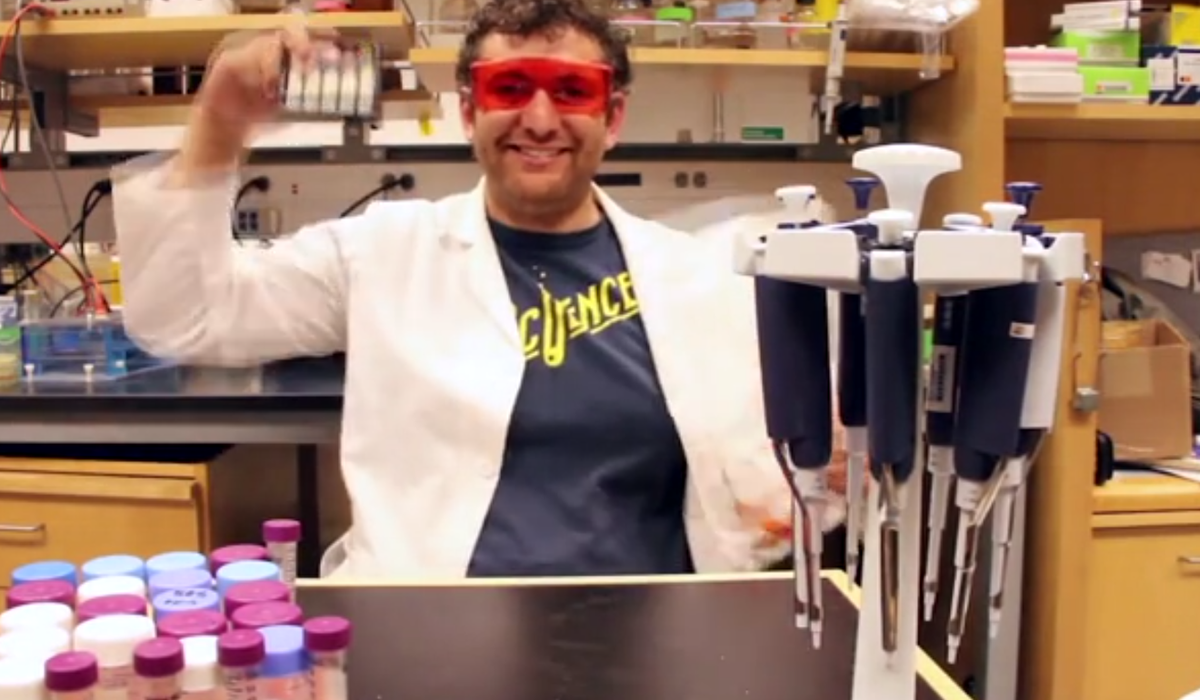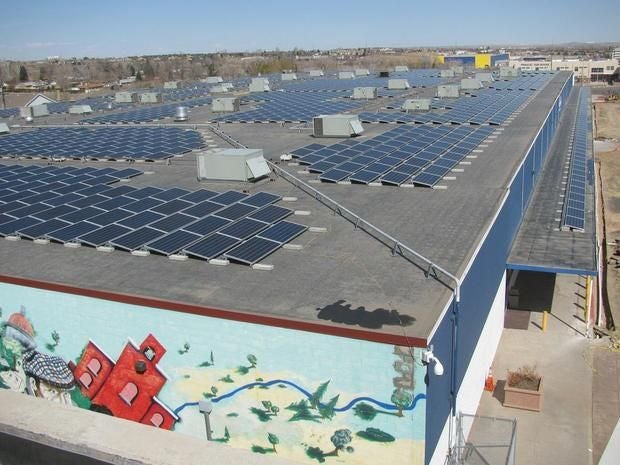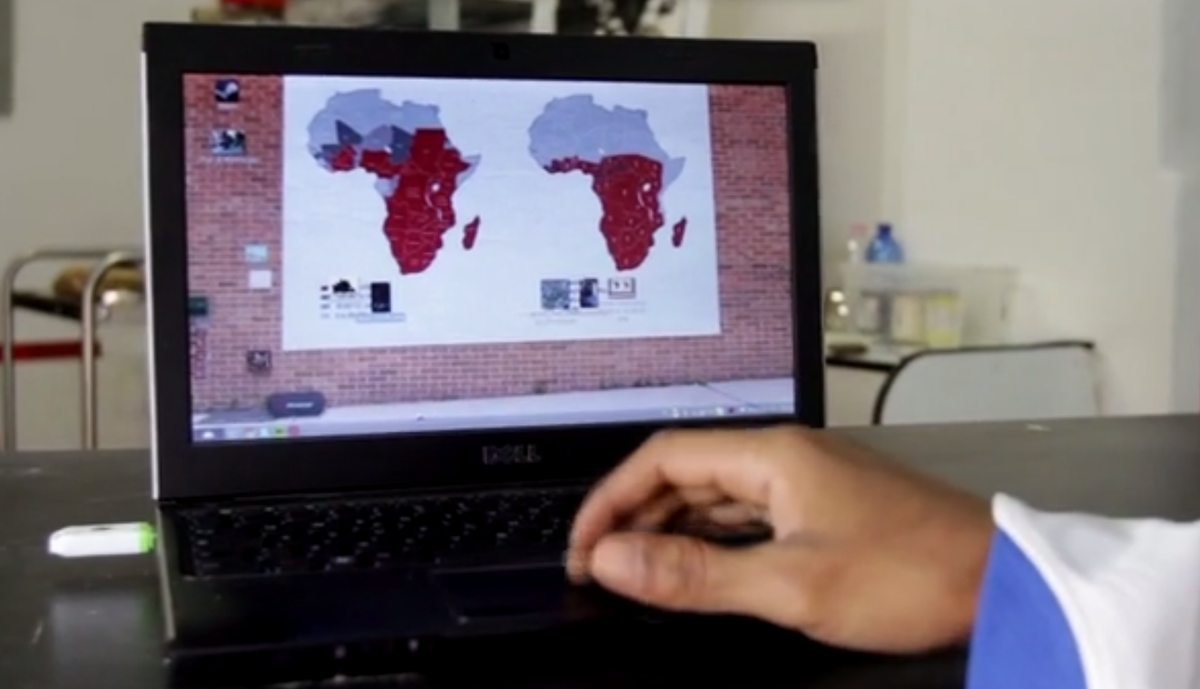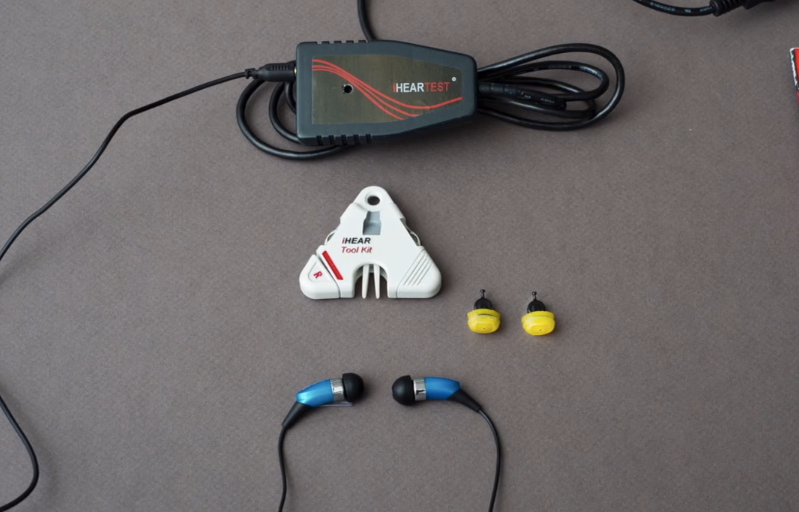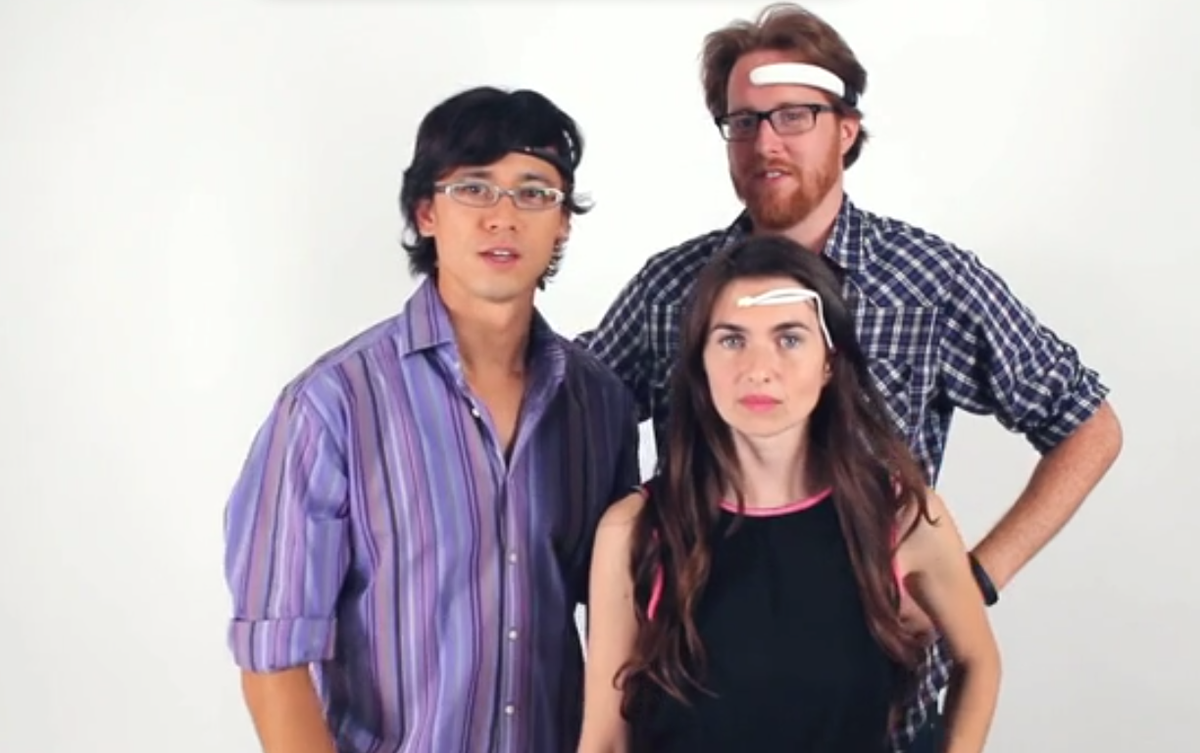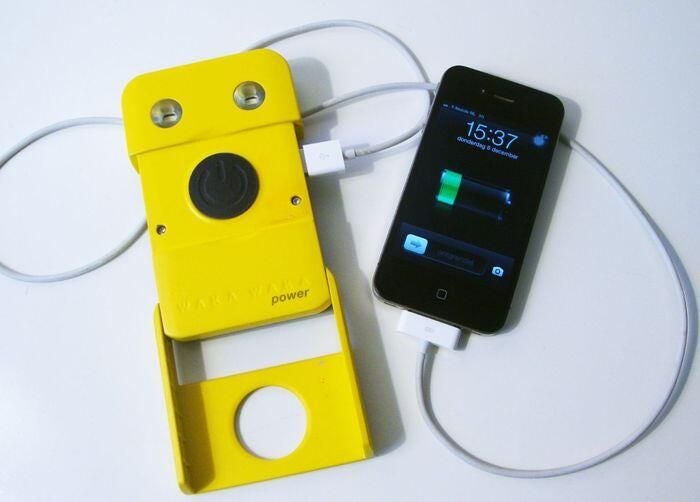Photos: Crowdfunded tech projects that are changing the world
Image 1 of 11
BRCK
The team at Ushahidi, the open source mapping platform, created a rugged backup generator for the internet. It was made to withstand conditions in Africa, including a blackout. It charges with solar power or a car battery and it has a battery strong enough to charge other devices, plenty of memory, and ethernet and SIM card ports. BRCK uses cloud storage and is able to connect to sensors for monitoring purposes. The project raised over $172,000 of its $125,000 goal and is being shipped this year.
Also see: Crowdsourced tech: Photos of the 16 biggest campaigns
The Eyewriter
The Eyewriter is an eye-tracking system that uses cheap cameras and computer vision software to track eye movements of the wearer. It was originally on Kickstarter, where it raised almost $3,000 more than its goal. It was designed for a paralyzed graffiti artist TEMPT1. The hacker and graffiti community Graffiti Research Lab collaborated with the OpenFrameworks and Free Art and Technology communities to create the software, and the artist is back at work after seven years of immobility. He literally can draw with his eye movements.
Also see: Crowdsourced tech: Photos of the 16 biggest campaigns
uBiome
Called a “citizen science project,” uBiome allows people to access technology to better access and understand their microbiome, which is the collective amount of microbes that live in and on our body. They assist in digesting food and regulating our immune systems. Modeled after the National Institutes of Health’s Human Microbiome Project, the uBiome campaign was to raise money for a kit that allows people to look at their unique microbial ecosystem and compare it to others. The researchers wanted to use Indiegogo to bring microbiome research out of the lab by selling kits that people could send back for analysis.
Also see: Crowdsourced tech: Photos of the 16 biggest campaigns
Mosaic Solar
In 24 hours, solar power crowdfunding platform Mosaic funded a campaign to put solar rooftops on four buildings. The project allowed people to invest as little as $25, and more than 400 investors invested between $25 and $30,000, raising a total of $313,000. It was open to residents in California and New York and other accredited investors throughout the US. This showed the demand for renewable energy options and the willingness of people to fund alternative power.
Also see: Crowdsourced tech: Photos of the 16 biggest campaigns
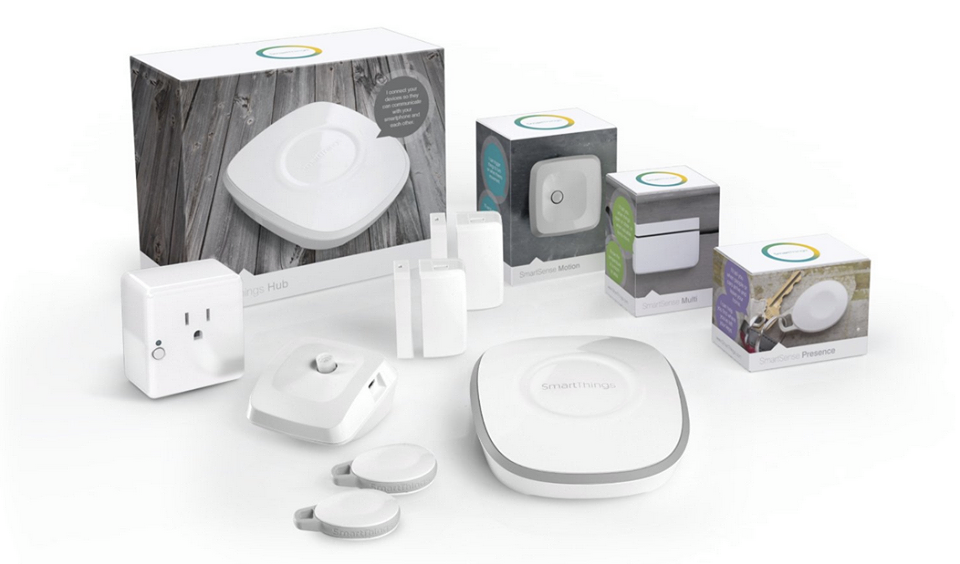

SmartThings Technology
SmartThings Technology
SmartThings hit its goal of $250,000 on Kickstarter in 2012, and then kept growing to reach more than a million dollars before the campaign time ran out. The system is a universal smart home platform that allows users to lock their doors, manage, monitor, and automate almost any appliance or product in their home. It’s all done from a smartphone, and the software is open source, so it’s continuously changing. The hub is $99 and the app is free, allowing people to download multiple apps within the system and purchase multiple sensors to monitor and control various parts of the home. Check when the dog goes outside, if you have an elderly relative that forgot to lock a door, or simply turn the lights on and off if you forgot.
Also see: Crowdsourced tech: Photos of the 16 biggest campaigns
Keepod
An Indiegogo campaign for Keepod Unite closed in March after funding its goal of $38,000. Keepod is a simple USB stick that can turn any computer — even old, slow ones — into a personal device to close the digital divide in the world. Keepod is an operating system, so that people can keep their information with them at all times if they have to use public computers. The founders came up with the idea after learning that 70% of the world’s population still do not have access to personal computing. Another reason for the campaign is to keep computers out of landfills, since so many of them are dumped and sit there for years. The pilot program for Keepod Unite is in Mathare, Kenya, and will be used to empower grassroots organizations. The team partnered with a non-profit, LiveInSlums, to provide access to health and education using the Keepod and old, refurbished PCs.
Also see: Crowdsourced tech: Photos of the 16 biggest campaigns
iHear
Marketed as the first affordable, invisible hearing aid, is the size and weight of a kidney bean. It exceeded its $65,000 goal and raised almost $243,000 on Indiegogo. Through iHear test, the device can be connected to a computer via a USB and people can test their hearing through the company’s website. The iHear is $199 each ear, and the hearing test device is $49, which allows people that could not previously afford the thousand dollars or more that hearing aids usually cost.
Also see: Crowdsourced tech: Photos of the 16 biggest campaigns
Muse
This brain-sensing headband has seven sensors that detect and measure brain activity. The information is transferred to your tablet or smartphone via Bluetooth to a brain fitness app. The information can be used to help you calm down, meditate, and settle your mind with just a short test every day. Just three minutes a day can help improve your focus, the researchers said. Engineers from InteraXon created the product, and the same researchers created a way to control the lights during the 2010 Vancouver Olympics. Muse exceeded their goal on Indiegogo by more than $100,000.
Also see: Crowdsourced tech: Photos of the 16 biggest campaigns
Solyent
Designed by a programmer who wanted to make a real difference with a product he created, Soylent is a liquid that has basically all the daily nutrients humans need to survive. Rob Rhinehart created it because he was tired of seeing the food waste in the world, as well as the divide between developed countries’ obesity rates, and developing countries’ malnutrition rates. It’s also good for people with allergies, digestive issues, and other health problems, as it functions as a meal replacement. It comes in a dry powder that can be mixed with water. The campaign received more than $2 million from 20,000 backers.
Also see: Crowdsourced tech: Photos of the 16 biggest campaigns
WakaWaka Power
This was made to power a smartphone or tablet using a mini yellow power station that charges with solar power. Place it in sunlight for an entire day and you can get more than 40 hours of charge for a mobile phone if it is full and about two hours on a tablet. There are indicator LEDs to show that it is charged, as well. Engineers from Intivation created WakaWaka, and their technology is used in over 90% of the solar powered mobile phones in the world. With over 5,600 backers, WakaWaka raised more than $400,000 on Kickstarter in early 2013, easily exceeding its $50,000 goal.
Also see: Crowdsourced tech: Photos of the 16 biggest campaigns
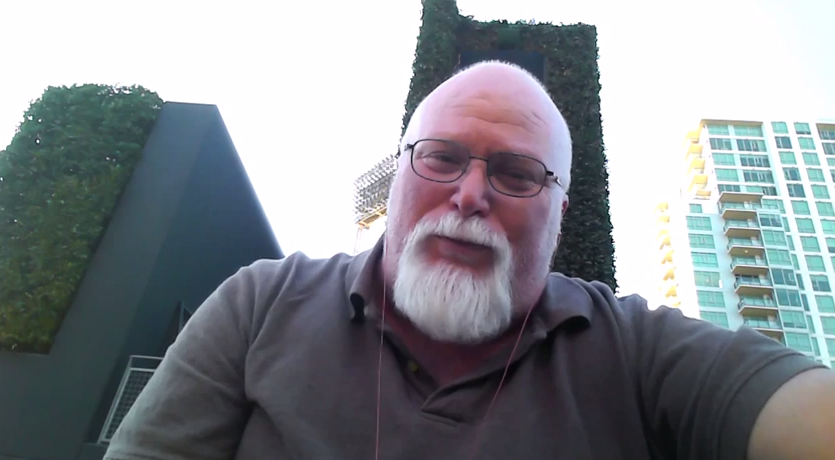

Homeless Guy Blogger
Homeless Guy Blogger
Kevin Barbieux, dubbed “The Homeless Guy Blogger,” began blogging in 2002. He was homeless and had lived on and off the streets for 20 years. Using Blog Spot, he started writing about his life and how to end homelessness and best help those who are living on the streets. He spent much of his time in Nashville, Tennessee, but later moved to San Diego, California, where he is originally from, and started blogging more regularly. About a week ago, Barbieux started a campaign on Fundly to raise money for a new laptop. He asked for $1,500 so he could continue writing to advocate for better treatment of the homeless and also about Asperger’s Syndrome (which he believes many homeless people have). He wanted a laptop that better connected to Wi-Fi and had better video downloading and editing capabilities, as he makes videos with tips for how to better survive as a homeless person. On April 26, he received his 24th donation, which put him over the finish line.
Also see: Crowdsourced tech: Photos of the 16 biggest campaigns
-
Account Information
Contact Lyndsey Gilpin
- |
- See all of Lyndsey's content
